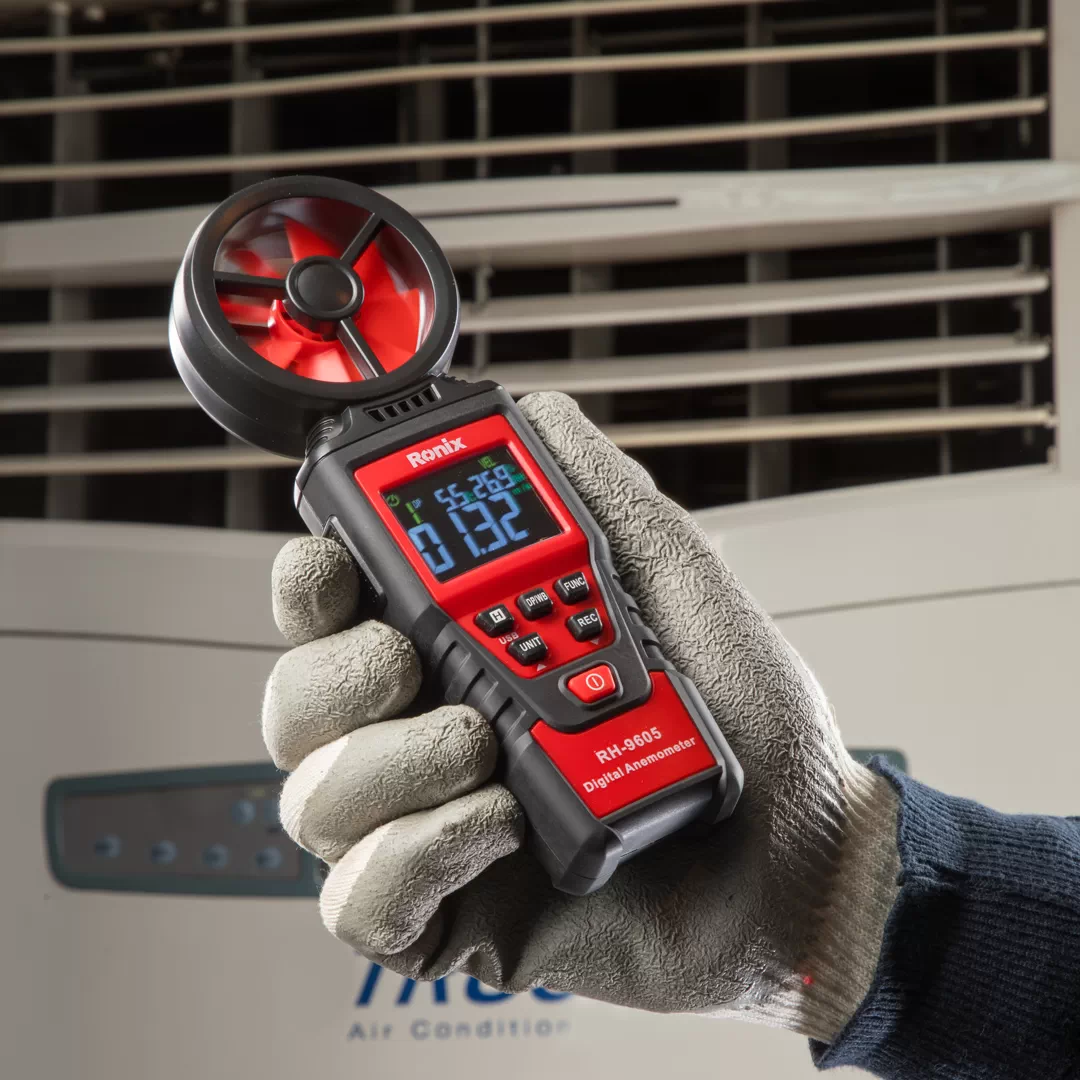Exploring the Functions and Benefits of Anemometers for Weather Lovers and Professionals
Anemometers stand as important tools in the realm of weather condition monitoring, dealing with both fanatics and skilled experts alike. These devices supply a window into the vibrant globe of wind patterns and speeds, offering vital information for meteorological analysis and forecasting. From mug anemometers to sonic anemometers, each type brings its special set of benefits and applications, clarifying different facets of weather. As we dig right into the features and benefits of anemometers, a deeper understanding emerges not just of dominating weather condition phenomena but also of the wider ramifications for sectors like wind energy manufacturing and environmental research.
Value of Anemometers in Weather Surveillance
Anemometers play a critical function in weather monitoring by offering precise dimensions of wind rate, assisting in forecasting and understanding weather condition patterns. These tools, varying from traditional cup anemometers to modern ultrasonic anemometers, are vital for meteorologists, scientists, and climate fanatics alike.

Sorts Of Anemometers and Their Applications
The most usual types of anemometers consist of cup anemometers, vane anemometers, hot-wire anemometers, and ultrasonic anemometers. Mug anemometers consist of 3 or 4 cups placed on horizontal arms that turn with the wind, determining its speed. Vane anemometers, on the other hand, use an easily turning vane to align with the wind instructions, offering both wind rate and direction dimensions.
Cup anemometers are robust and suitable for general weather condition surveillance, while vane anemometers are preferred for directional measurements. Ultrasonic anemometers are non-intrusive and use high precision, commonly made use of in research and specialized weather surveillance applications.
Benefits of Using Anemometers in Forecasting
In meteorology, the usage of anemometers provides invaluable advantages for enhancing the precision of climate projecting. Anemometers determine wind speed and direction, providing essential data for predicting climate patterns. By including wind information into forecasting versions, meteorologists can much better comprehend the motion of weather systems, prepare for adjustments in climatic conditions, and issue more specific projections.
Additionally, anemometers play a crucial role in assessing possible climate threats. Checking wind speeds helps forecasters forecast serious weather occasions such as storms, twisters, and winter season storms with higher accuracy. This very early warning system enables authorities to issue timely informs and execute essential security measures, lowering the dangers to life and building.
In addition, anemometers assist in maximizing renewable resource production. By examining wind patterns, meteorologists can identify suitable areas for wind farms and anticipate power output, adding to the efficient generation of wind power.

Anemometers in Wind Power Production
Given the important duty anemometers play in providing precise wind information for weather condition forecasting and hazard evaluation, their significance reaches the realm of wind power production. Anemometers are essential instruments in the field of wind power, where the measurement of wind speed and direction is critical for establishing the usefulness and performance of wind generator installations. By accurately measuring wind rates at differing elevations, anemometers aid optimize the placement and design of wind turbines to optimize power output.
In wind ranches, anemometers are purposefully positioned to accumulate real-time wind information that is made use of to analyze the prospective power manufacturing of a website. This information is crucial in establishing the financial feasibility of wind power jobs and in forecasting energy generation to ensure grid stability. In addition, anemometers help in checking wind problems to enhance wind turbine performance, prevent damages from high winds, and make sure the security of workers working in the location of wind generators.
Enhancing Weather Condition Comprehending With Anemometers

Anemometers play an essential role in enhancing our understanding of microclimates. These localized climate problems can differ dramatically from wider local projections, making it important to have accurate information for particular areas. anemometer. By tactically placing anemometers in various locations, scientists can collect in-depth info on just how wind acts in different terrains, city settings, or bodies of water
Additionally, anemometers add to improving weather projecting designs by providing real-time data on wind habits. This information is specifically beneficial for anticipating severe climate occasions, enhancing farming methods, and supporting sectors like air travel and maritime navigating. Generally, anemometers are vital instruments that allow us to dig deeper right into the complexities of climate systems, ultimately causing more accurate forecasts and better-informed decisions.
Conclusion
Finally, anemometers play an essential duty in weather condition monitoring and forecasting by gauging wind speed and instructions. They are vital devices utilized by weather lovers check this site out and professionals to gather exact data for anticipating weather patterns and examining possible effects. Anemometers also have applications in wind energy manufacturing, additional highlighting their value in both meteorology and renewable resource industries. On the whole, anemometers add to enhancing our understanding of weather condition sensations and enhancing projecting abilities. anemometer.
From cup anemometers to sonic anemometers, each kind brings its special set of advantages and applications, losing light on different elements of climatic problems. These tools, ranging from typical mug anemometers to modern ultrasonic anemometers, are necessary for meteorologists, scientists, and weather condition enthusiasts alike. The most typical types of anemometers include mug anemometers, vane anemometers, hot-wire anemometers, and ultrasonic anemometers. Mug anemometers are durable and suitable for general weather monitoring, while vane anemometers are preferred for directional dimensions. Anemometers are necessary tools in the field of wind power, where the measurement of wind speed and instructions is essential for figuring out the usefulness and efficiency of wind turbine installments.